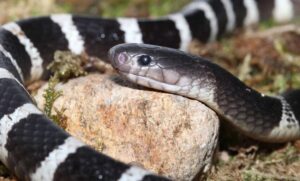Polar bears are large carnivorous mammals. They are a near-polar species found around the Arctic Ocean and are the largest land predators. If you love this animal, join KnowAllAnimals to discover some “Interesting Facts About Polar Bears” you might not know in the following article!
1. Top 10 Interesting Facts About Polar Bears You Didn’t Know
Let’s explore these Interesting Facts About Polar Bears with us:
1.1. Polar Bears are Classified as Marine Mammals
This is because they spend most of their lives on the sea ice of the Arctic Ocean, viewing the ocean as both their home and a source of food. The polar bear is the only bear species classified as a marine mammal.
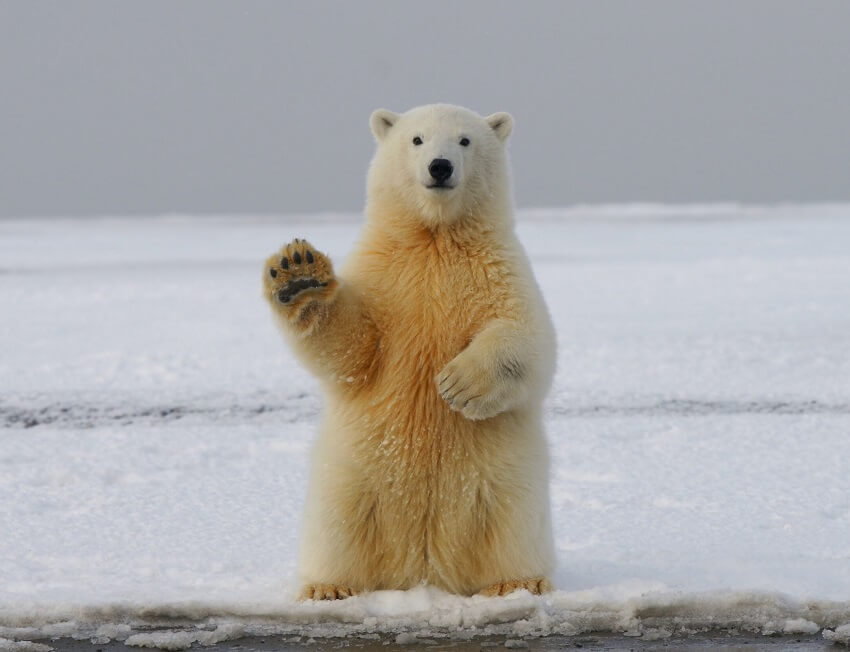
1.2. Polar Bears are Actually Black
A polar bear’s fur is translucent. We see polar bears as white only because their fur reflects visible light. Beneath that thick coat is glossy black skin.
1.3. They Can Swim for Days Without Resting
In addition to being able to reach a top speed of nearly 10 km/h in the water, polar bears can swim for long distances continuously for many hours to travel from one ice floe to another. Their large paws are specially adapted for swimming, and polar bears use them to paddle while keeping their hind legs straight as a rudder.
1.4. A Polar Bear’s Hunting Success Rate is Less than 2%
Although polar bears spend half their lives hunting for food, these expeditions are rarely successful. Their main prey is primarily ringed and bearded seals, although they will also hunt small mammals, birds, eggs, and even vegetables.
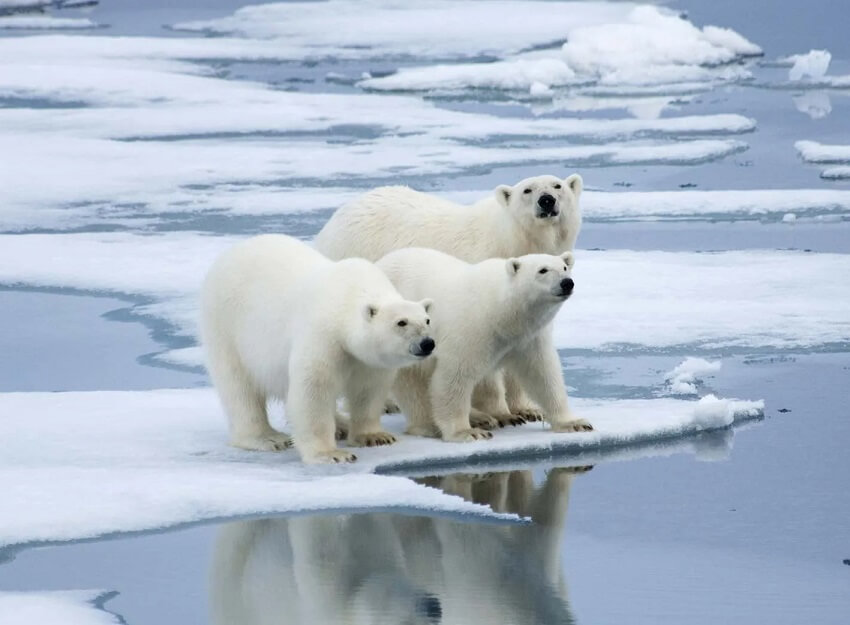
1.5. Scientists Can Extract a Polar Bear’s DNA from Its Footprints
A new groundbreaking technique developed by WWF and the DNA company SPYGEN allows scientists to isolate DNA from a polar bear’s footprints in the snow. Just two small scoops of snow from a polar bear’s path are enough to reveal not only its DNA but even the DNA of a seal it has just eaten.
1.6. Polar Bears Face Threats Beyond Climate Change
While climate change is the biggest threat to the survival of polar bears, it’s not the only thing this predator has to fear. The oil and gas industry is expanding into the Arctic, and this extractive activity comes with potential risks that could destroy animal habitats.
Exposure to oil spills can reduce a polar bear’s fur’s insulating properties, forcing them to use more energy to stay warm. It can also cause poisoning if the oil is ingested. Polar bears can also be chemically poisoned by things like pesticides through their prey, which affects their biological functions and reproductive ability.
Melting ice due to climate change has increased the frequency of conflicts between humans and polar bears, as hungry bears are forced to seek food in the summer. Fortunately, humans have learned to adapt to the presence of polar bears and have found solutions to reduce the risk of conflict.
1.7. There is a Crossbreed of Grizzly and Polar Bears
In 2006, a genetic test confirmed the existence of a grizzly and polar bear hybrid, called a “grolar bear” or “pizzly bear” (a portmanteau of grizzly and polar). The physical traits of this hybrid are a combination of the two original species, but because the hybrid is often born to a female polar bear, they are raised and behave more like polar bears. The fact that grizzly and polar bears can interbreed is not surprising if you know that polar bears actually evolved from brown bears 150,000 years ago.
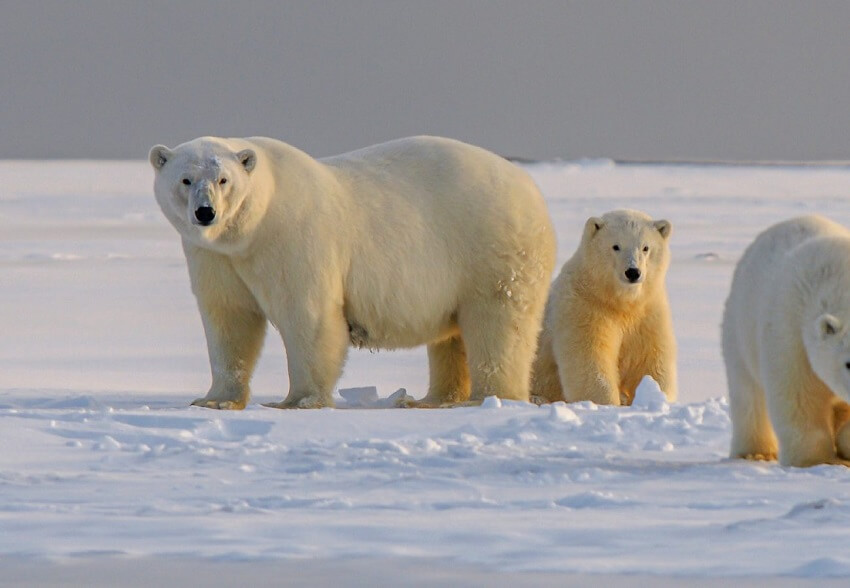
1.8. There are Approximately 19 Polar Bear Subpopulations
With a wild population of approximately 26,000 polar bears, they are divided into 19 groups or subpopulations. Of these, only one subpopulation is growing, five are stable, and four are in decline. The remaining nine subpopulations have not been statistically assessed due to a lack of data—we simply don’t have enough information about them to know their current status.
1.9. A Male Polar Bear Can Weigh as Much as 10 Men
Male polar bears can weigh up to 800 kg and are twice as large as females. This, combined with their ability to grow up to 3 meters in length, makes polar bears the world’s largest land carnivores.
1.10. They Can Smell Prey from 10 km Away
Polar bears have an extremely powerful sense of smell, and they use it to detect seals breathing through holes in the ice. Once they find the hole, the bear will patiently wait until the seal appears and then attack. They can even detect a seal swimming in 1 meter of water under a thick layer of ice.
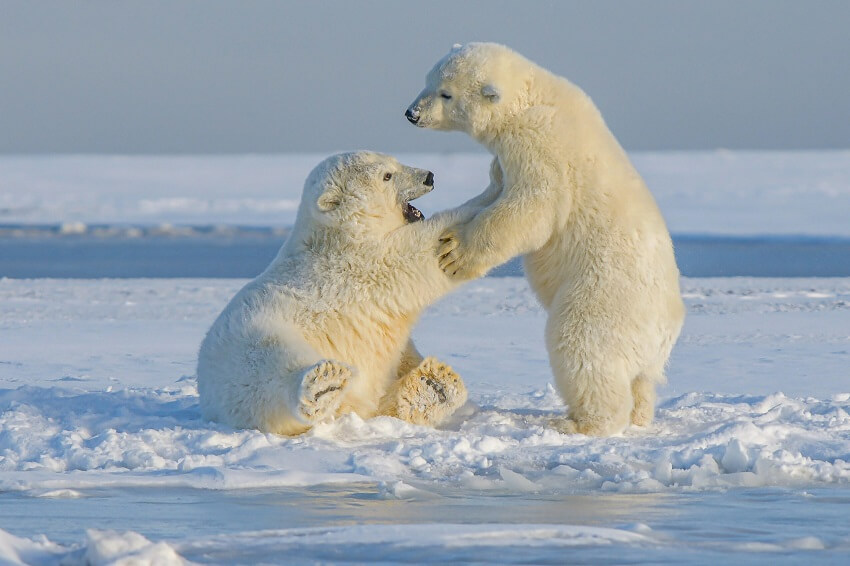
2. FAQs
1. Are polar bears’ fur really white?
No, polar bears actually have transparent fur and black skin. Their fur only appears white because it reflects visible light.
2. Can polar bears swim long distances?
Yes, polar bears are excellent swimmers and can cover over 100 kilometers in the water without rest.
3. How do polar bears stay warm in the Arctic?
They have a thick layer of blubber up to 11 cm and dense fur that provides insulation against freezing temperatures.
4. What do polar bears usually eat?
Their primary diet consists of seals, especially ringed and bearded seals, which provide high-fat content essential for survival.
5. Are polar bears considered marine mammals?
Yes, polar bears are officially classified as marine mammals because they spend most of their lives on sea ice and depend on the ocean for food.
3. Conclusion
Polar bears are not just a symbolic animal of the Arctic; they also possess many unique and amazing characteristics. From their ability to swim long distances and their translucent fur, to their classification as a marine mammal, everything shows their incredible adaptation to a harsh environment. Learning about polar bears not only helps us love nature more but also raises awareness about protecting the habitat of this endangered species.
We hope that this article from Know All Animals has helped you understand more about these Interesting Facts About Polar Bears. Thank you for reading!
References: https://en.wikipedia.org/wiki/Polar_bear



